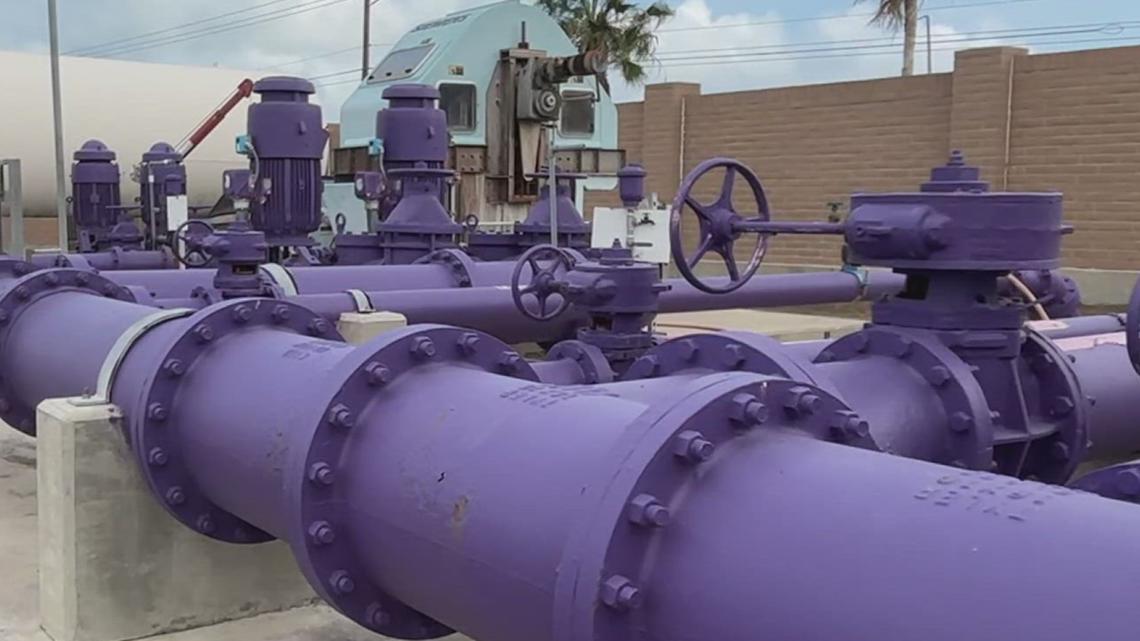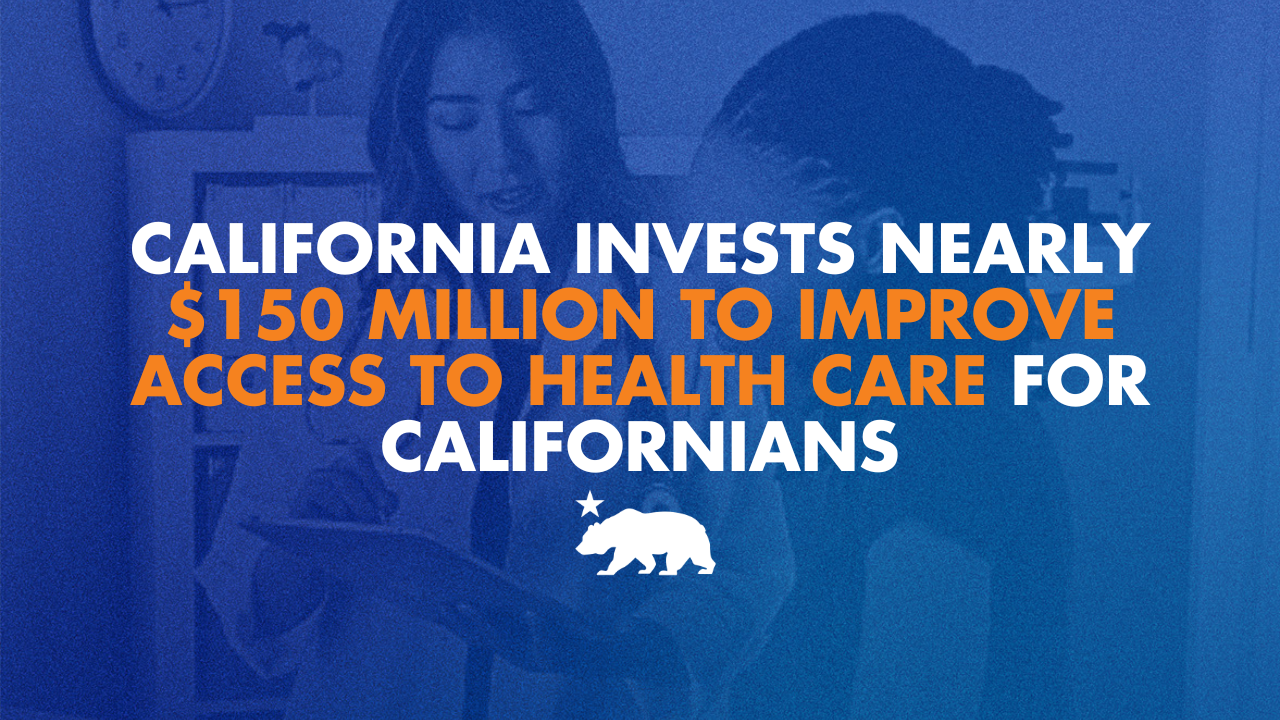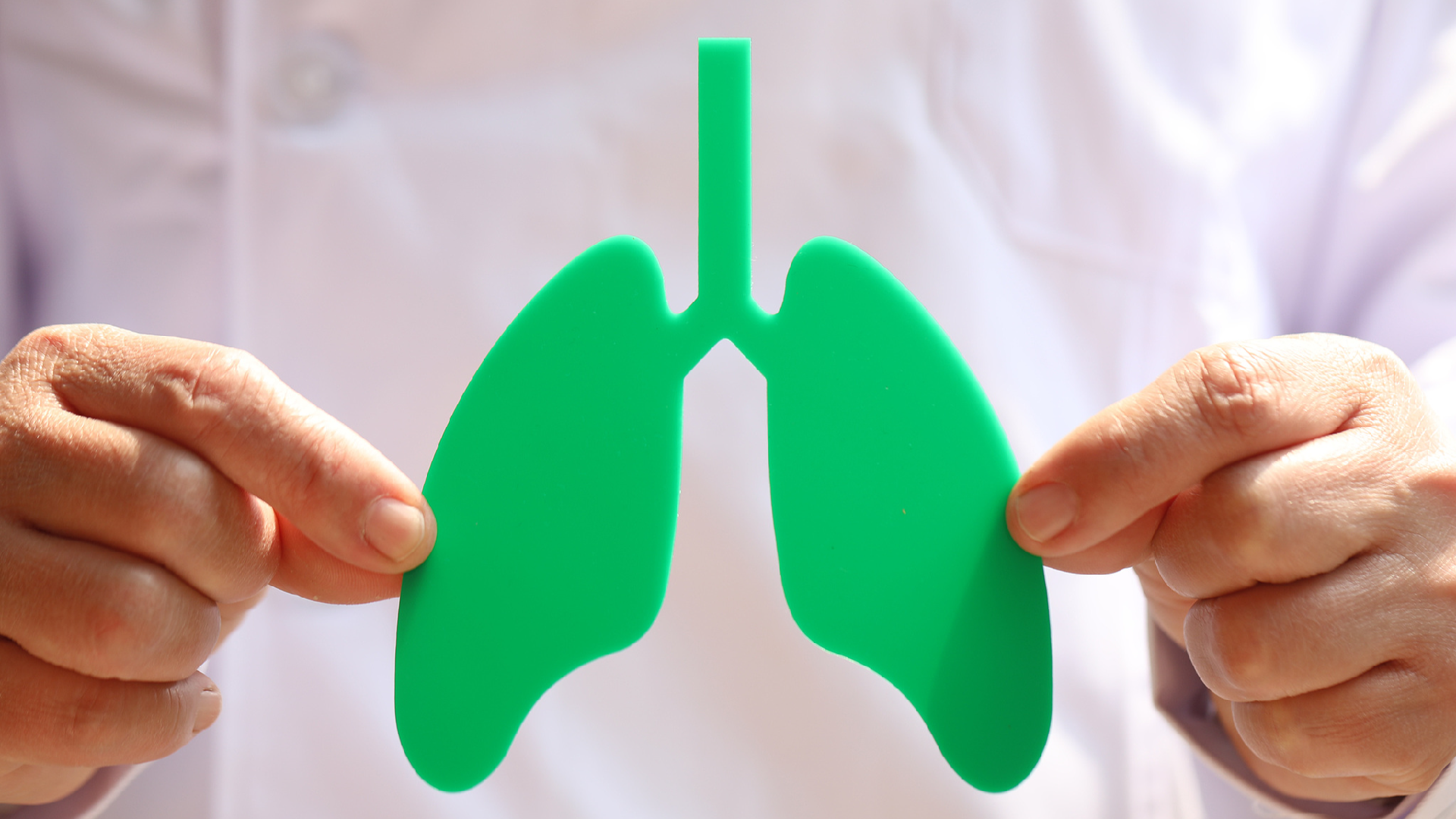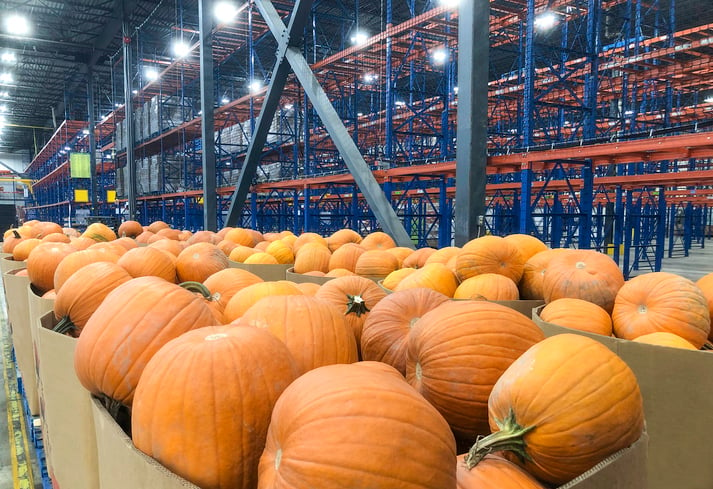City reminds community about fertilizer ordinance – captivasanibel.com

Report on the City of Sanibel’s Fertilizer Ordinance and Alignment with Sustainable Development Goals
Introduction: A Commitment to Sustainable Water Resource Management
The City of Sanibel has issued a directive for all residents, landscape professionals, and fertilizer applicators to observe the seasonal fertilizer ordinance, effective from July 1 through September 30. This measure is a critical component of the city’s strategy to mitigate nutrient pollution in local and regional waterways. The ordinance directly supports the achievement of several United Nations Sustainable Development Goals (SDGs), particularly SDG 6 (Clean Water and Sanitation) and SDG 14 (Life Below Water), by protecting aquatic ecosystems from nutrient-induced degradation.
Regulatory Framework for Environmental Protection
In accordance with City Ordinance 07-003, specific regulations are enforced to prevent nutrient runoff into water systems. These rules are fundamental to promoting sustainable land management practices, aligning with SDG 15 (Life on Land), and fostering a sustainable community as envisioned in SDG 11 (Sustainable Cities and Communities).
- Seasonal Prohibition: The application of fertilizers containing nitrogen and phosphorous is prohibited during the designated rainy season (July 1 through September 30).
- Water Body Setbacks: Fertilizers must not be applied within 25 feet of any water body, including lakes, ponds, canals, wetlands, and the Sanibel Slough.
- Impervious Surface Restriction: Application of fertilizer to impervious surfaces such as roadways, driveways, and sidewalks is forbidden. Any accidental spills must be cleaned immediately.
- Stormwater System Protection: Fertilizers are banned from being applied to any part of the stormwater conveyance system, including catch basins and roadside swales.
Ecological Rationale and Link to SDG 6 and SDG 14
The primary environmental driver for this ordinance is the prevention of eutrophication, a process where excess nutrients, primarily nitrogen and phosphorus, stimulate harmful algal blooms. Stormwater runoff carrying these nutrients from fertilized landscapes directly pollutes aquatic environments. By regulating fertilizer application, the city aims to reduce the nutrient load available to algae, thereby safeguarding water quality for both human use and ecosystem health. This action is a direct contribution to achieving the targets of SDG 6 (Clean Water and Sanitation) and preserving marine and freshwater biodiversity under SDG 14 (Life Below Water).
Climate Resilience and Post-Hurricane Mitigation (SDG 13)
The environmental imperative for compliance has been amplified by recent climatic events. Storm surges from Hurricanes Ian, Helene, and Milton have significantly elevated nutrient concentrations in Sanibel’s inland waterbodies. Strict adherence to the fertilizer ordinance is now more critical than ever to prevent further ecological degradation and to enhance the resilience of local ecosystems. This proactive measure demonstrates a commitment to climate adaptation and action, a core principle of SDG 13 (Climate Action).
Stakeholder Responsibility and Sustainable Consumption (SDG 11 & SDG 12)
The city emphasizes the shared responsibility of property owners and professional service providers in achieving these environmental goals. Ensuring compliance contributes to the development of a sustainable and resilient urban environment, as outlined in SDG 11 (Sustainable Cities and Communities). Furthermore, the requirement for fertilizer applicators to hold a valid Limited Urban Commercial Fertilizer Applicator Certification from the Florida Department of Agriculture and Consumer Services promotes professional standards and responsible consumption and production patterns, in line with SDG 12.
Official Resources and Contact Information
For further details and guidance, stakeholders are directed to the following resources:
- Sanibel’s Fertilizer Ordinance Information: https://www.mysanibel.com/402/Sanibels-Fertilizer-Information
- Sanibel Communities for Clean Water Program: https://www.sanibelcleanwater.org/
- Lee County and City’s Fertilize Smart Initiative: http://fertilizesmart.com/
For additional information, please contact the City of Sanibel’s Natural Resources Department at 239-472-3700 or sandnr@mysanibel.com.
1. Which SDGs are addressed or connected to the issues highlighted in the article?
The article discusses issues related to water pollution from fertilizer use, which connects to several Sustainable Development Goals (SDGs) focused on environmental protection, water quality, and sustainable urban living.
-
SDG 6: Clean Water and Sanitation
This goal is central to the article, which focuses on the city of Sanibel’s efforts to “minimize local and regional nutrient pollution in local waterways.” The entire purpose of the fertilizer ordinance is to protect and improve the quality of water resources.
-
SDG 14: Life Below Water
The article directly links nutrient pollution to the health of aquatic ecosystems. It states that excess nutrients “can enter aquatic environments and feed algae, resulting in a bloom.” By regulating fertilizer use, the city aims to protect life in its “lakes, ponds, canals, wetlands and the Sanibel Slough,” which aligns with the goal of conserving and sustainably using marine and aquatic resources.
-
SDG 11: Sustainable Cities and Communities
The issue is addressed through a municipal regulation, “city Ordinance 07-003,” which is a strategy for managing the environmental impact of an urban community. The ordinance targets residents and commercial applicators within the city, making urban environmental management a key theme.
-
SDG 12: Responsible Consumption and Production
The ordinance promotes the responsible use of chemical products (fertilizers containing nitrogen and phosphorus). It encourages residents and applicators to “give their fertilizer routine a summer vacation” and follow specific rules, which is a form of ensuring sustainable consumption and production patterns related to chemical use in landscaping.
-
SDG 13: Climate Action
The article makes a connection to climate-related disasters by noting that “storm surges from Hurricanes Ian, Helene and Milton also significantly increased nutrient concentrations in Sanibel’s inland waterbodies.” This highlights the need for stronger local action (adhering to the ordinance) to build resilience against the environmental impacts exacerbated by extreme weather events.
2. What specific targets under those SDGs can be identified based on the article’s content?
Based on the specific actions and goals described in the article, the following SDG targets can be identified:
-
Target 14.1: Prevent and significantly reduce marine pollution of all kinds, in particular from land-based activities, including marine debris and nutrient pollution.
This is the most directly relevant target. The article is entirely focused on a land-based activity (fertilizer application) and its direct consequence, “nutrient pollution” in local waterways. The ordinance is a specific measure designed to achieve this reduction.
-
Target 6.3: By 2030, improve water quality by reducing pollution, eliminating dumping and minimizing release of hazardous chemicals and materials…
The city’s effort to prevent nitrogen and phosphorus from entering water bodies through “stormwater runoff” is a direct action to “improve water quality by reducing pollution” from chemical sources (fertilizers).
-
Target 11.6: By 2030, reduce the adverse per capita environmental impact of cities, including by paying special attention to air quality and municipal and other waste management.
The fertilizer ordinance is a form of “municipal… waste management” aimed at controlling pollutants. By implementing this ordinance, the city of Sanibel is working to “reduce the adverse per capita environmental impact” of its residents on the local water environment.
-
Target 12.4: By 2020, achieve the environmentally sound management of chemicals and all wastes throughout their life cycle… and significantly reduce their release to… water… in order to minimize their adverse impacts on… the environment.
The article details rules for the “environmentally sound management” of fertilizer chemicals, such as restricting their use during the rainy season and near water bodies, to “reduce their release to… water.”
-
Target 13.1: Strengthen resilience and adaptive capacity to climate-related hazards and natural disasters in all countries.
The article mentions that recent hurricanes have worsened nutrient pollution, making it “even more critical that the community adhere to the fertilizer ordinance to prevent further degradation.” This shows an effort to strengthen the ecosystem’s resilience and adapt local policies in response to the impacts of climate-related hazards.
3. Are there any indicators mentioned or implied in the article that can be used to measure progress towards the identified targets?
The article mentions or implies several indicators that can be used to track progress:
-
Concentration of nutrients in waterways
The article explicitly mentions “excess nutrients, like nitrogen and phosphorus” and “increased nutrient concentrations in Sanibel’s inland waterbodies.” A direct indicator of progress would be the measured levels of nitrogen and phosphorus in the city’s water bodies over time.
-
Frequency and severity of algae blooms
The article states that a key goal is to reduce the “likelihood of an algae bloom occurring.” Therefore, monitoring the frequency, extent, and duration of algae blooms in the local waterways serves as a clear, visible indicator of the ordinance’s effectiveness.
-
Level of compliance with the ordinance
Progress can be measured by tracking compliance with the specific rules of “Ordinance 07-003.” This includes:
- The number of violations issued for applying fertilizers during the restricted period (July 1 – Sept. 30).
- Adherence to the 25-foot buffer zone around water bodies.
- The number of fertilizer applicators working in Sanibel who possess the required “Limited Urban Commercial Fertilizer Applicator Certification.”
4. Create a table with three columns titled ‘SDGs, Targets and Indicators” to present the findings from analyzing the article. In this table, list the Sustainable Development Goals (SDGs), their corresponding targets, and the specific indicators identified in the article.
| SDGs | Targets | Indicators |
|---|---|---|
| SDG 14: Life Below Water | 14.1: Prevent and significantly reduce marine pollution of all kinds, in particular from land-based activities, including… nutrient pollution. |
|
| SDG 6: Clean Water and Sanitation | 6.3: Improve water quality by reducing pollution… and minimizing release of hazardous chemicals and materials. |
|
| SDG 11: Sustainable Cities and Communities | 11.6: Reduce the adverse per capita environmental impact of cities, including by paying special attention to… municipal and other waste management. |
|
| SDG 12: Responsible Consumption and Production | 12.4: Achieve the environmentally sound management of chemicals… and significantly reduce their release to… water. |
|
| SDG 13: Climate Action | 13.1: Strengthen resilience and adaptive capacity to climate-related hazards and natural disasters. |
|
Source: captivasanibel.com

What is Your Reaction?
 Like
0
Like
0
 Dislike
0
Dislike
0
 Love
0
Love
0
 Funny
0
Funny
0
 Angry
0
Angry
0
 Sad
0
Sad
0
 Wow
0
Wow
0













































































